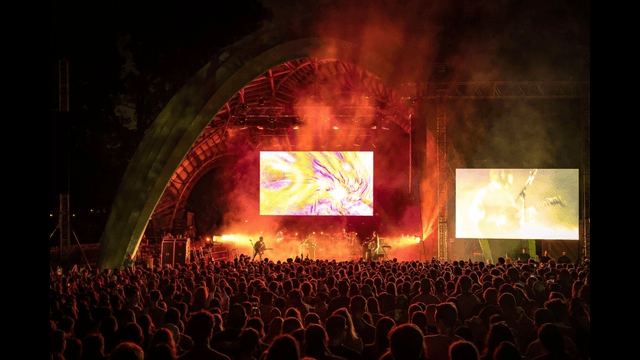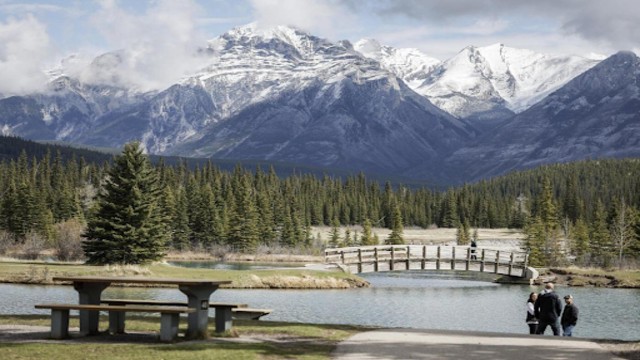
This composite image captures multiple Perseid meteors streaking across the sky over Dinosaur Provincial Park in Alberta's Red Deer River valley on August 12, 2023. CBC News
If you have clear skies this week, you might want to look up because it's time for one of the best meteor showers of the year: the Perseids.
While it's possible to see a meteor on any night with patience and dark skies, strong meteor showers like the Perseids offer a rare chance to see dozens per hour. Major meteor showers happen almost every month, where sky-watchers can see several meteors an hour under ideal conditions, sometimes up to 100 or more.
The Perseid meteor shower is considered one of the best, not only because of the warm weather and fewer clouds during this time of year but also because you can see around 100 meteors per hour at its peak if the skies are perfectly dark. This year, the peak occurs on the night of August 11-12.
Meteor showers occur as Earth passes through material left by comets or asteroids that orbit the sun. As we travel through these trails, small dust particles and rocks burn up in our atmosphere, creating beautiful streaks in the sky. The Perseids are the result of Earth passing through the debris left by comet 109/P Swift-Tuttle.
This year, the moon will not interfere much with the meteor shower. It will be a quarter full and will set after 1 a.m. local time, allowing the sky to be darker for better viewing.
"The moon is good this year. That's a big help," said Peter Brown, Canada Research Chair in meteor astronomy and a professor at Western University in London, Ontario. He also mentioned that there might be an increase in meteor activity just after the peak on the night of August 12-13 due to old trails.
While the peak is on the weekend, you can still see meteors in the days before and after. For the best experience, find a dark-sky site away from city lights. If you can't leave the city, go to a park or a place with low light pollution. Be patient and keep looking up.
This map illustrates the point in the sky where Perseid meteors appear to originate. (American Meteor Society)
The Perseids are named after the constellation Perseus, from which the meteors appear to originate. Perseus rises in the east around 10 p.m. local time. However, you don't have to look directly at Perseus, as meteors will appear all over the sky.
The Perseids are known for their brightness and often produce fireballs, which is another reason this shower is considered one of the best of the year. An added bonus this year is the increased activity of the sun, which has been creating beautiful displays of the northern lights. This means there's a possibility of seeing both the Perseid meteor shower and the northern lights simultaneously.
In summary, the Perseid meteor shower, peaking on August 11-12, offers a spectacular show with around 100 meteors per hour under ideal conditions. This year's event is especially favourable due to the minimal interference from the moon and the potential for added meteor activity. Be sure to find a dark-sky location and enjoy the celestial display.















